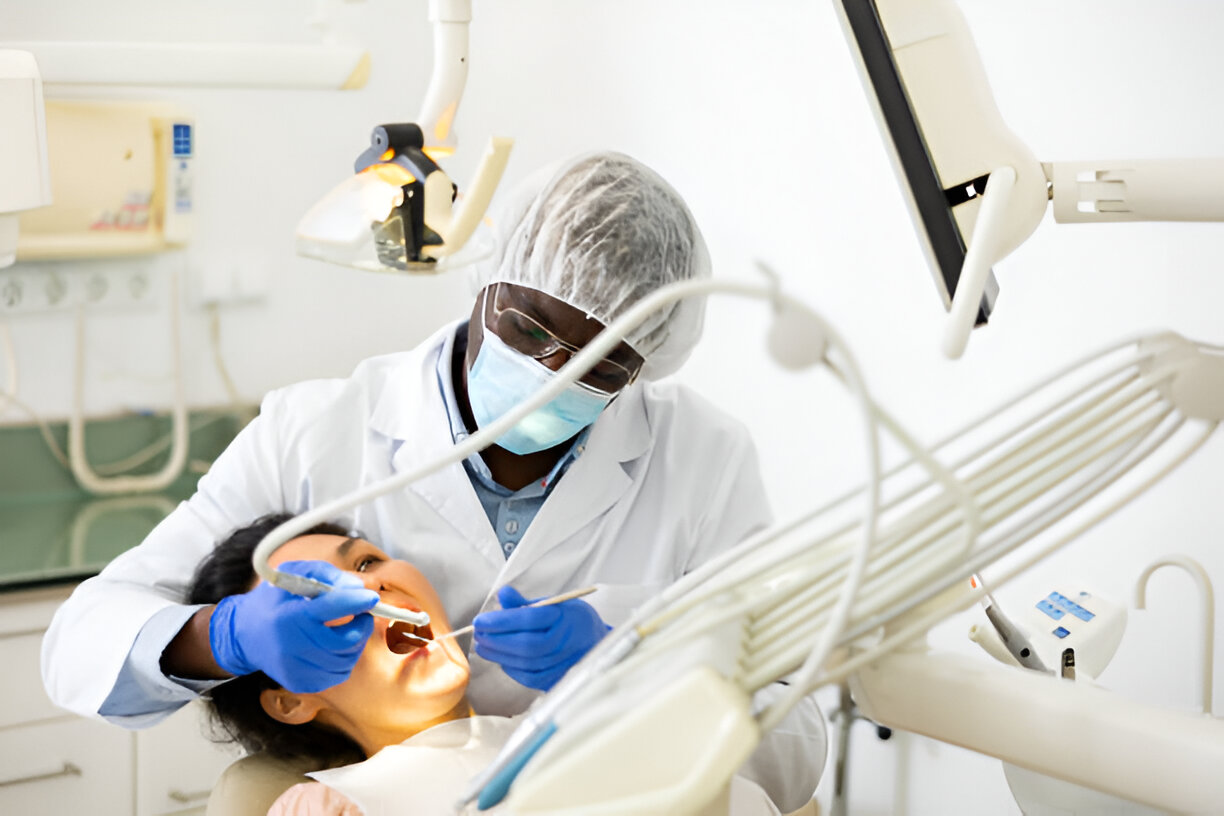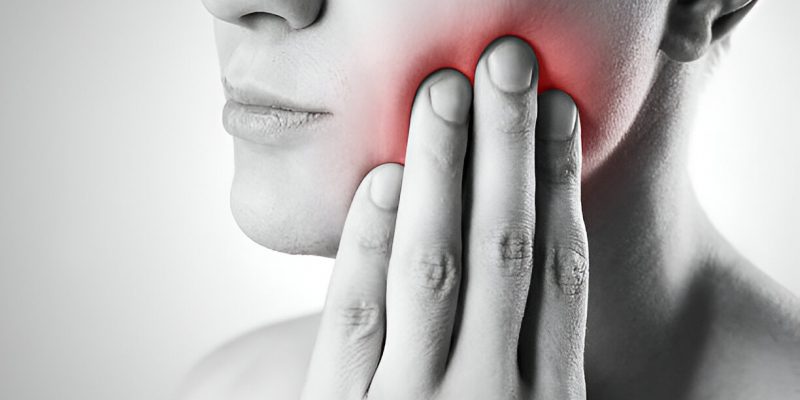Summary
Sudden toothaches can affect even your basic functions like chewing.
Remedies for toothaches have been documented in ancient Egypt and Greece. Ancient Egyptians used honey and beeswax to relieve toothaches. Before you actually treat the symptoms, it’s best to know the causes of toothache.
All toothaches are bad, but not everyone needs an emergency appointment with the dentist. In this guide, we will help you identify the causes of pain, recommend some home remedies, and suggest the right time when you should visit a dentist. By reading further, you can also learn the treatments available and how to prevent frequent toothaches.
While our teeth’s main function is to chew food, many have tried experimenting with novel ways, like opening bottles with their teeth. You may succeed in opening a few bottle caps, but you risk permanently losing your tooth if you continue.
Chipped teeth and injured gums can be painful, and spotting the tooth that’s causing the pain may be more difficult.
When you have acute pain around your jaw or a couple of teeth, it could be due to an underlying problem. Some common causes of tooth trauma are:
- Slip and fall accidents
- Incidents in contact sport
- Biting down on something hard

Reasons Of Toothache
Did you know that stress can contribute to toothaches? Stress may cause people to grind their teeth, leading to jaw pain. Sometimes, a toothache can be in the form of a sharp or constant pain that can spread to the jaw, ear, or even your cheek. Some of the key reasons for toothaches are:
Cavities: A quarter of U.S. adults aged 20 to 64 have at least one untreated cavity. Cavities are formed when bacteria inside the mouth erode the enamel, the tooth’s hard outer layer. Cavities are only the starting point for minor tooth problems. When left untreated, they progress deeper into the tooth, reaching the dentin and pulp.
Gum disease: You can experience tooth pain due to gum inflammation or infection and the supporting structures of the teeth. Gum or periodontal disease is an infection surrounding tissues and supporting the teeth.
Tooth abscess: Tooth root or gums may see the formation of pus caused by bacterial infection. This pain can be unbearable and requires seeing a dentist earlier.
Tooth fracture: Consumption of extremely hot or cold food can cause tooth fractures or cracks. Although pain from a tooth fracture may not be constant, if it persists, medications must be used.
Plaque: Bacterial plaque buildup can cause pain that builds up over time.
Home Remedies for Toothache Pain Relief
Some toothaches may be less severe, but you can get respite with these trusted methods.
Applying a cold compress
A cold compress can help relieve gum inflammation. Simply hold an ice pack against the jawline closest to the pain area. If you don’t have an ice pack, you can hold a bag of ice inside a light towel pressed against the swelling area. Hold for about 15 minutes and repeat as needed.
Salt water gargle
Gargling with salt water can help keep a person’s mouth clean and may alleviate tooth pain. To do so, add some salt to 240 milliliters of warm water, gargle for a few seconds, and spit it out. Repeat a few times. Saltwater also helps clear the affected area and reduce inflammation.
Cloves
Ever wondered how a spice can help reduce toothache? Cloves are naturally anesthetic and also contain anti-inflammatory and antibacterial properties. Just chewing a couple of cloves can somewhat reduce acute pain.
Peppermint
Peppermint aids in numbing and is useful for soothing a toothache. Menthol is responsible for peppermint’s minty flavor and aroma, and it is known for its antibacterial properties. Add some dried peppermint leaves to a cup of boiling water and wait 20 minutes. Once cooled, swish the solution around your mouth and spit it.
Over-the-counter pain relievers
If you want to relieve toothache pain temporarily, consider taking OTC painkillers, adhering to your medical history and allergies. Common options include Ibuprofen (Advil, Motrin), Acetaminophen (Tylenol), and Aspirin (for adults only).

Three Signs You Should Visit a Dentist
Toothaches and other continued symptoms, such as fever, swelling, or trouble eating, require immediate attention and a visit to a trusted dentist in Reidsville, NC. If you experience any of the following for prolonged periods, your toothache may be a sign of something that needs immediate attention.
Visible Swelling
Anything more than a simple face swelling may require further investigation. Swelling in the face or jaw with severe tooth pain makes chewing and swallowing food tough. If you notice the swelling for more than a few hours, it’s time to visit the dentist.
Foul Taste In The Mouth
Toothache and a periodic or constant taste in the mouth may indicate bleeding gum or a decayed tooth. The presence of pus from an infection causes a foul taste in the mouth. To understand the causes of toothache, dentists may perform diagnostics.
Fever
Developing a high fever when having a toothache is a red flag indicating that an infection might be present and slowly increasing. This situation requires prompt dental evaluation to determine the source of the infection and to receive appropriate treatment, such as antibiotics or drainage, to prevent the infection from worsening.
Dental Treatments for Toothache
When you visit a dentist for complaints like toothache after eating, trouble while eating, or fever due to toothache, your dentist will ask you questions to evaluate your condition and suggest the next course of action.
After diagnosis, your dentist may recommend one or more of these treatments:
1. Antibiotics
If an infection causes your toothache, your dentist may prescribe antibiotics to clear the infection. This is often combined with other treatments, such as a root canal or extraction.
2. Cavity Fillings
A severe toothache may require a cavity filling. This involves removing the decayed portion of the tooth and filling it with dental material; you can experience relief after a few days.
3. Root Canal
When your pulp, the innermost part of the tooth, is infected or damaged, it needs cleaning with a root canal procedure. It involves removing the infected pulp, cleaning the inside of the tooth, and sealing it with a specialized material called gutta-percha to stop any more infections.
4. Tooth Extraction
An extraction is only suggested in severe cases where the tooth cannot be saved. This involves removing and replacing the tooth with an artificial one if necessary.

Tips For Preventing Toothache
Preventing toothache is easier than treating it. Follow these tips for the best oral hygiene and avoid toothaches:
- Thoroughly brush teeth after meals
- Floss daily to keep plaque and food particles away from the teeth
- Avoid sugary foods and drinks that can lead to cavities
- Wear a mouthguard if you grind your teeth at night or play contact sports
Takeaway
- Not all toothaches require a visit to the dentist; try home remedies for temporary relief
- Prolonged pain with other symptoms is a sign of dental emergencies
- Maintain regular oral hygiene by brushing, flossing, and visiting your dentist regularly to prevent toothaches

